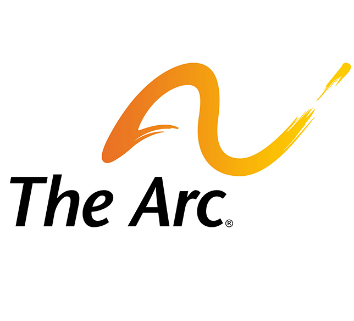Get the Facts on Breast Cancer and People With I/DD
October is National Breast Cancer Awareness Month.
People with intellectual disabilities (ID) tend to be less healthy than the general population and are at increased risk for many preventable and treatable conditions, including breast cancer.
According to the CDC, women who have disabilities are significantly less likely to have been screened for breast cancer in accordance with the recommended guidelines, thus placing them at a greater risk of breast cancer. Aside from non-melanoma skin cancer, breast cancer is the most common cancer among women in the United States. It is also one of the leading causes of cancer death among women of all races and Hispanic origin populations. Men can get breast cancer too, though they make up less than 1% of all cases of breast cancer.
Women with intellectual disabilities experience even greater barriers—both physical and attitudinal— that prevent them from getting the screening and preventive care they need. Here at The Arc of the United States, we are working hard to reduce health disparities and increase the longevity and quality of life for people with intellectual disabilities through our new HealthMeet™ program.
HealthMeet™ has identified some of the key barriers to care for people with ID including:
- Lack of accessible information about healthy habits, or not enough help in navigating of health care systems and insurance plans
- The cost of attending regular medical checkups and following up with a health provider on any risks identified during a checkup
- Lack of health plan benefits and other insurance-related obstacles to high-quality care and choosing the right provider
- Lack of communication training for health professionals, making interactions with people with ID difficult
- Too much emphasis on someone’s disability in their health care, leading health professionals to skip routine screenings for common diseases or preventable health issues
- Discrimination and stigma associated with disability
HealthMeet™ can serve as a catalyst to create powerful, innovative cascade solutions that will reduce health disparities for people with ID that ultimately result in their increased longevity and improved quality of life; and which will raise the public, health professional, and community consciousness of this great need.
Additional Resource:








